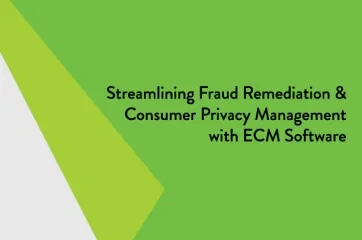Related Entities in Banking
Related entities are the relationships between a financial institution’s customers or members and their accounts. Related entities may be:
- Two people
- A person and a business
- Two businesses
Related Entities and Compliance
A bank or credit union’s legal lending limit caps the amount that can be loaned to a borrower. Legal lending limits help financial institutions reduce exposure to loan defaults. Tracking related entities helps a bank or credit union remain in compliance with these lending regulations.
Documenting Related Entities
Lending decisions often require the banker to obtain a global view of the customer or member’s relationships with related entities. Unfortunately, tracking related entities in a core system can be challenging and creates time-consuming work to understand:
- All accounts under the customer’s name
- Trusts on which a person is listed
- Accounts held by the customer’s family members
Identifying individual account holders who are involved in specific business accounts can be especially difficult, since a customer could be part of multiple corporations, LLCs, etc.
Leveraging Tech to Connect Related Entities
Some banks and credit unions use account management software to tie related entities together for a comprehensive view of a customer and his or her relationships. For example, AccuAccount offers a “Related Entities” report that lists all linked customer and member accounts. Related entities information also appears on every AccuAccount customer page, displaying the full relationship of the account holder. It also provides clarity to understand other parties tied to that customer.
Compliance Tools & Tips for Bankers
Looking for more information about compliance in the banking industry? Be sure to check out our extensive resource library with free spreadsheets, whitepapers, and eBooks.
Browse our banking definitions page for more terminology.














